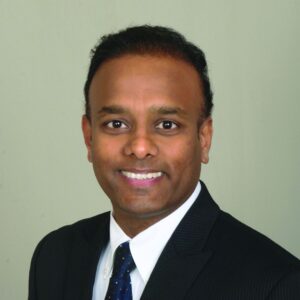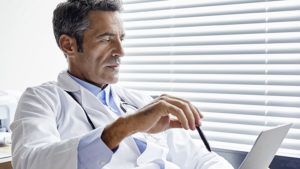This article was originally posted in GI & Hepatology News.
In this issue of Perspectives, Dr. RJ Sealock, assistant professor of medicine at the Baylor College of Medicine, and Dr. Thiru Muniraj, associate professor of medicine at the Yale School of Medicine, share their experiences performing minimally invasive alternatives to surgery, discussing both sides of gastrointestinal perforations – treating and creating.
Dr. Sealock discusses how endoscopic vacuum therapy (EVT) overcomes many of the limitations of traditional endoscopic closure or diversion using covered stents and can be considered as a first-line approach for a majority of indications. He describes how we can “MacGyver” traditional surgical wound vacs to treat Boerhaave’s, which has fostered ingenuity and creativity in the field.
Dr. Muniraj discusses how lumen-apposing metal stents (LAMS) allow us to treat acute cholecystitis in poor surgical candidates, with three-way comparative studies and randomized trials between PT-GBD, ETGBD, and EUS-GBD clearly showing that EUS-GBD with LAMS is the most effective and safest alternative with the lowest rate of recurrent cholecystitis.

Robert Jay Sealock, MD
Assistant Professor of Medicine
Baylor College of Medicine

Thiru Muniraj, MD, PHD, FACG, FRCP
Associate Professor of Medicine
Yale School of Medicine














